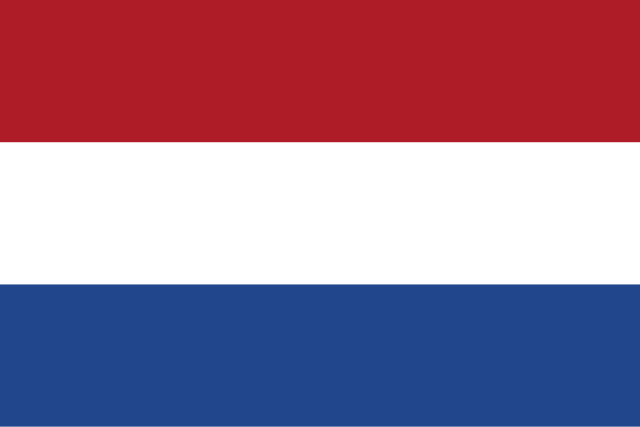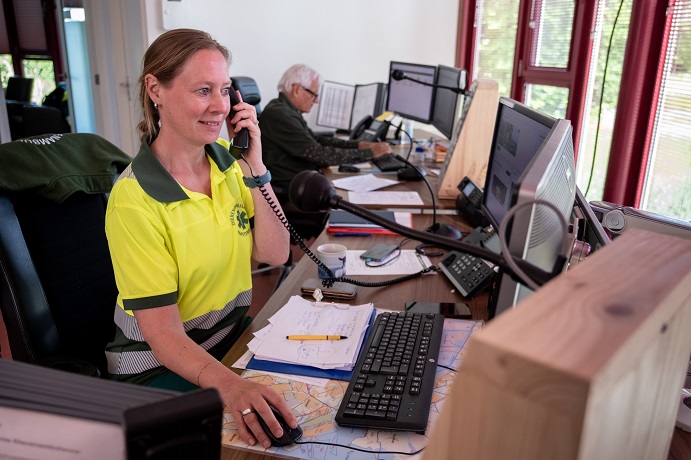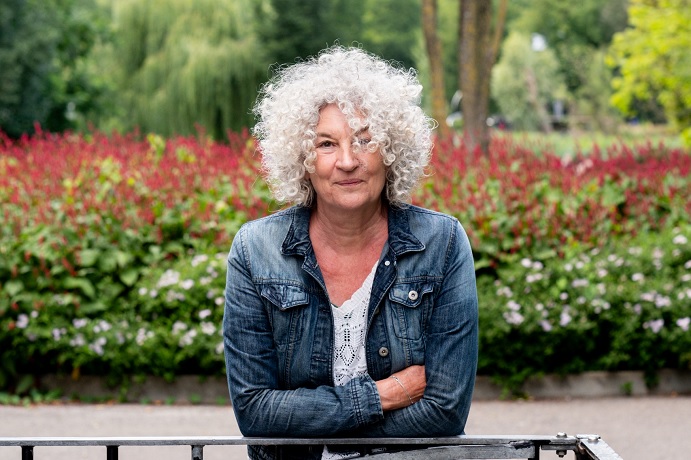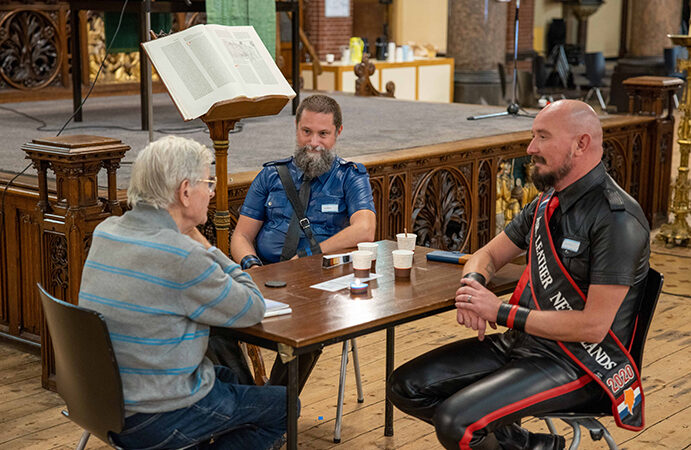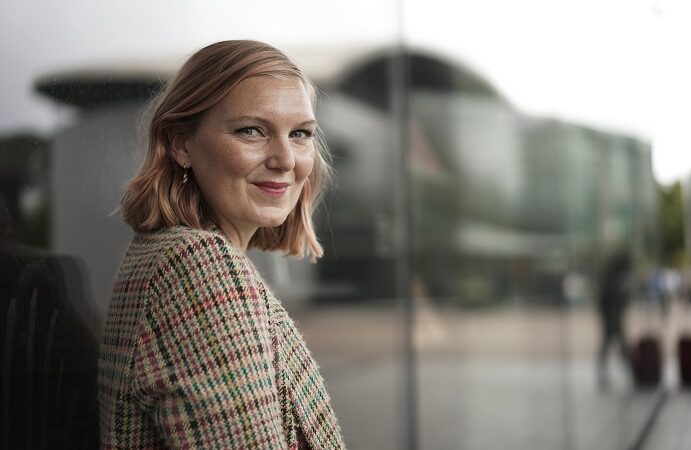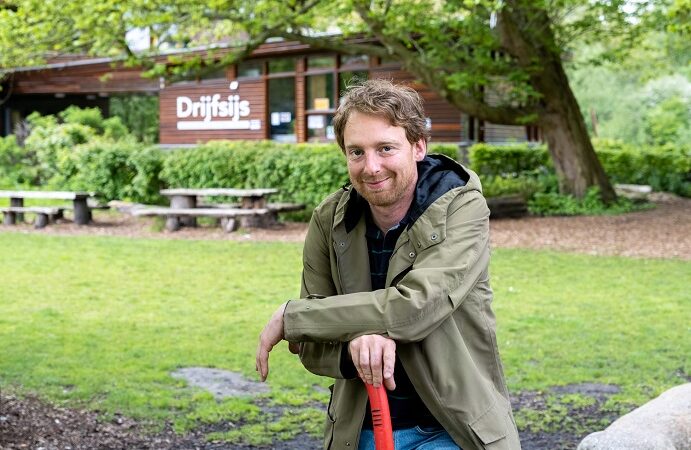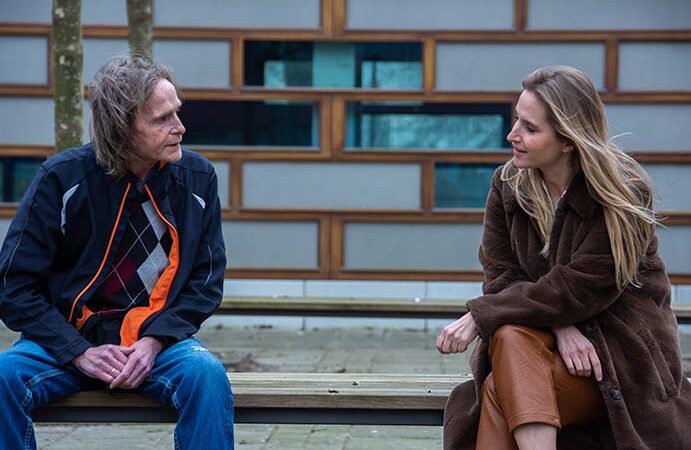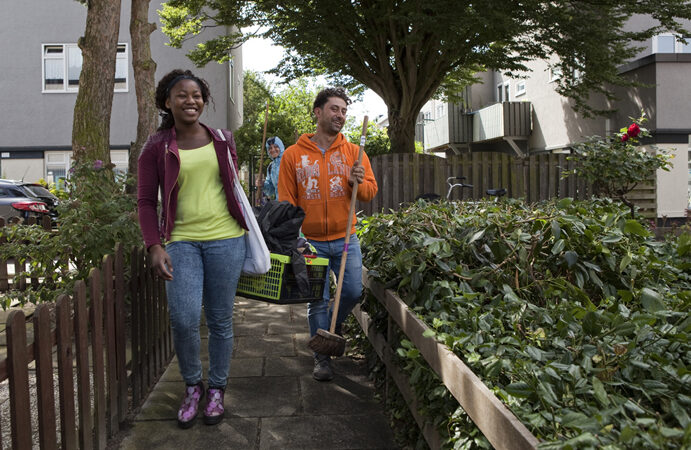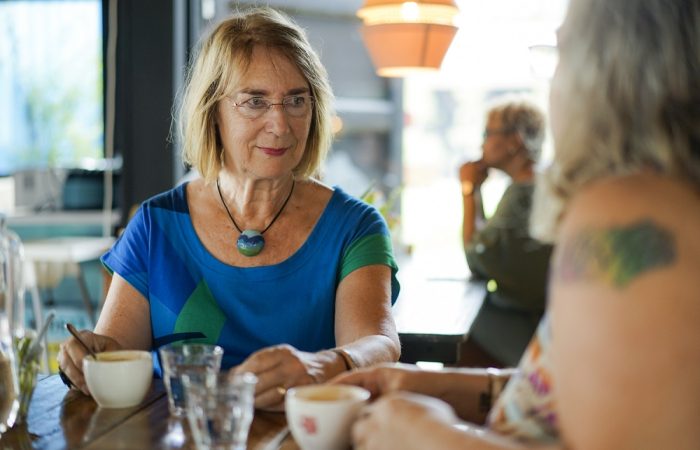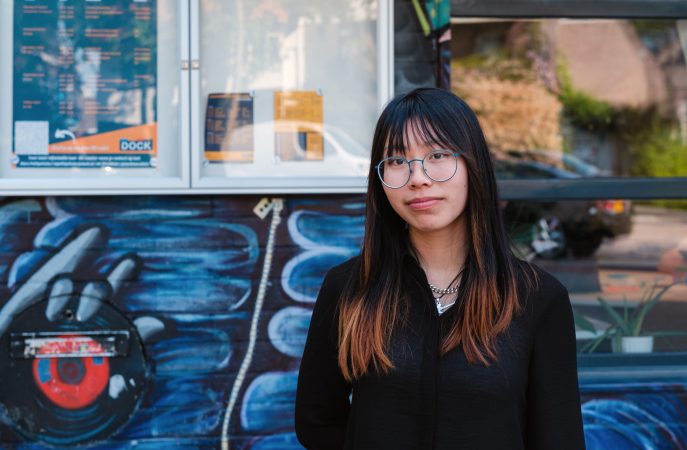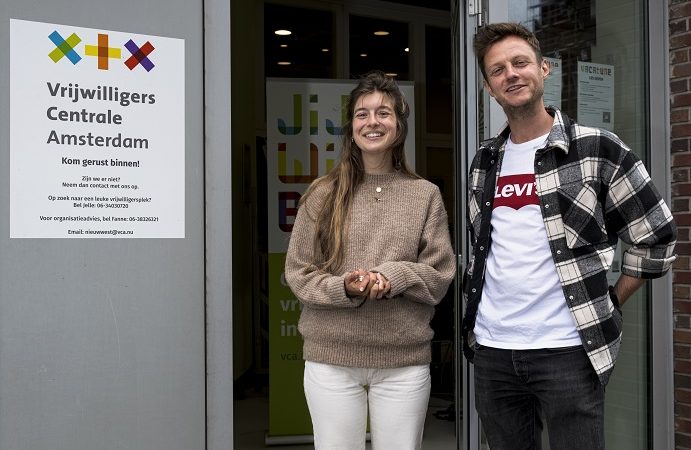The Human Library is a library… with people. Because here you ‘borrow’ living books. These books are people you wouldn’t normally talk to so easily.
Volunteer at Animal Ambulance Amsterdam: “Every day is different”
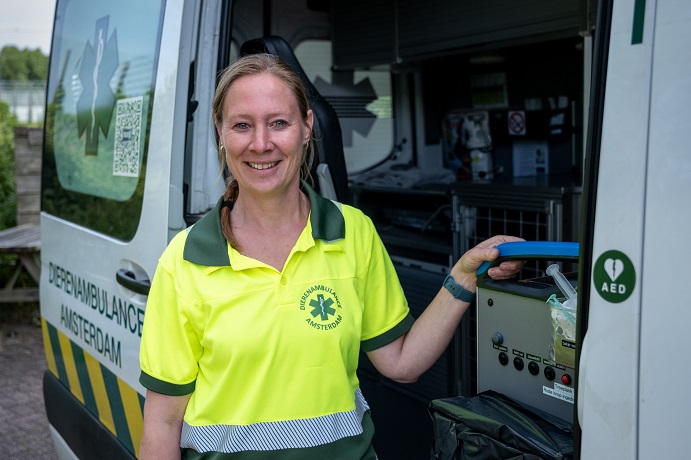
Varied, grateful, and challenging; that’s how Saskia describes her work at Dierenambulance Amsterdam. As a volunteer at the animal ambulance, she helps both animals and people in all kinds of different situations. From rescue missions to delivering bad news and from dogs to pigeons, Saskia never knows beforehand what her shift will look like that day. “The great thing about this job is that you can truly help people and animals, it is very rewarding work. Moreover, the work is extremely varied.”An hour before her evening shift begins, I meet up with Saskia. Today, she will be riding along with the ambulance as an animal care assistant. It is one of her tasks within the animal ambulance service. Five years ago, she started as a volunteer in the control room. “I knew someone who was already doing this work. At one point, there was an open day, so I went to have a look and thought, ‘Hey, I’ll just take the course.’ The nice thing about this job is that you can really help animals and people, and the work is very concrete and concise. You receive a task, carry it out, and once the task is completed, you move on to the next one. When you go home, your work is truly done. In my regular job, I often work on long-term projects, so this combination really appealed to me.”
Different roles
“At the animal ambulance, we have different roles,” Saskia continues. “You have the control room, where you answer phone calls. Here you can already help people partially over the phone and provide information. From the control room, we also coordinate the cars and tell them which routes to take. In the car itself, there is a driver and an animal care assistant; this is the co-driver. I now work in all three places and I find the variety very enjoyable. With the car, you naturally go everywhere and see many animals in real life, while the control room can be quite hectic. You receive many phone calls, have to enter information, and sometimes deal with the fire department and police. You need to be able to keep an overview in that. But that’s what makes it really fun, because even over the phone, you can truly help or reassure people.”
Special moments
“There are many things that stick with me,” Saskia tells me when I ask her if she has an example of a special moment. “For example, there was a very sad dog that had been bitten by another dog. The dog was exceptionally old but still healthy. He was still alive when we went to the vet, but it was one of those situations where you really want to know how it turns out after leaving the vet. We also do a lot of rescue missions. Recently, a bird had flown into a chimney. The residents had asked the fire department to see if they could help. It seemed like they would have to demolish the roof. So, we first tried all sorts of makeshift things. I ended up having the thinnest arms and was able to reach the furthest into the chimney. We eventually freed the bird. Those are really fun and special things. Especially when it works out in such a way. You don’t give up easily on rescue missions, and you just want it to succeed!”
Gratitude
“Before, when I walked past pigeons, a pigeon was just a pigeon. Now, every pigeon is special,” says Saskia. Since volunteering at the animal ambulance, she has started looking at animals in a different way. “What I find very beautiful is that you can tell that animals feel when they are being helped. Pigeons, for example, often have debris around their feet. You can notice that when we trim that debris, they really become calm. And sometimes you reunite people with an animal, which is also really beautiful. This way, we help not only the animals but also the people.”
All kinds of people
In addition to gratitude, helping, and variety, there is something else that makes the work so special. “That is working together with all kinds of people. You get to know a lot of people you would never normally come into contact with, and you have much more contact with the people of Amsterdam around you. You go to neighborhoods and social layers that you wouldn’t normally visit. Without volunteering, you often stay in your own familiar environment, which is why this work is also very enjoyable. Furthermore, the team of volunteers itself is very diverse. They come in all shapes and sizes, from highly educated to less educated, people who are retired, people who are disabled, young and old. It doesn’t matter at all, and everyone is welcome. The only commonality: you just have to enjoy working with animals!”Text: Kiki Dusebout
Image: Kitty de JongSpace
